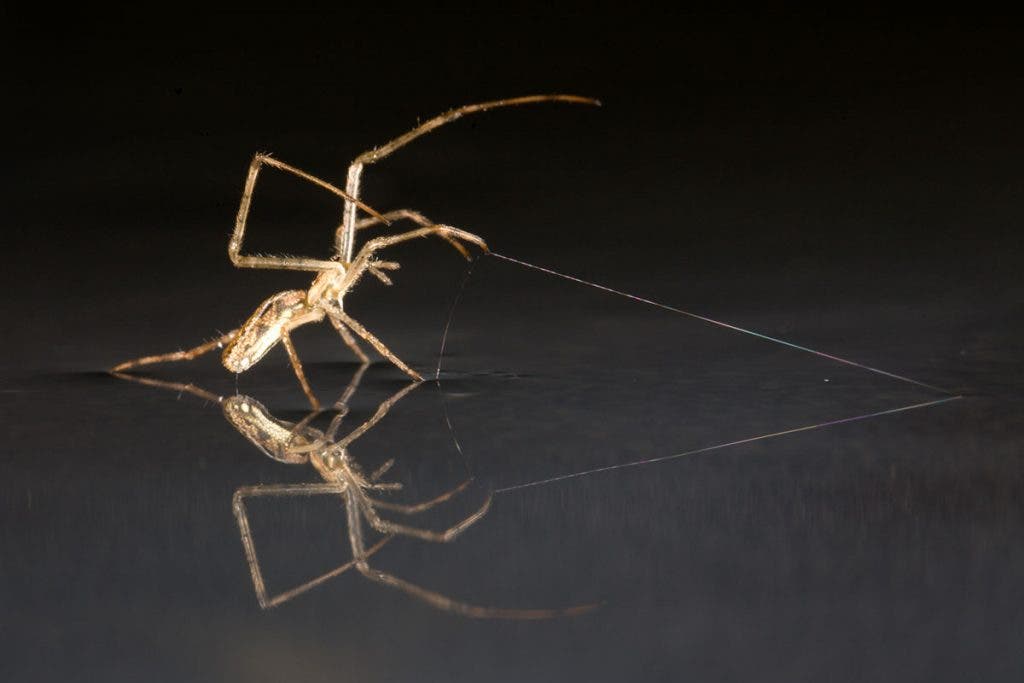Spiders are more adaptable than we give them credit for, and they can make pretty good sailors – a new study has found that some spiders can use strands of silk to windsurf on the ocean surface.

It’s been reported for centuries, even Charles Darwin noticed it: “ballooning” spiders flutter from the air into the sails of their ships, kilometers away from shore. But even if they are swept into the water, they still manage to somehow float, and even do a pretty good job at it.
“It was like an illusion,” says Morito Hayashi of London’s Natural History Museum, who first noticed common UK spider species sailing in the lab. He was studying their flight, trying to figure out how they take off when he spotted the sailing behaviour. “I was amazed that these common spiders, found in everyone’s gardens, had such skilful sailing behaviour that no one had noticed before.”
What’s interesting is that even though ballooning has been reported through anecdotes for so long, no one really noticed that spiders also sail.
“Water was always thought to be the ultimate barrier to dispersion,” says Sara Goodacre of the University of Nottingham, UK. “Now, we know they can survive in water, so with this get-out-of-jail card, they can move far greater distances than we thought.”

The spiders that do it are very small (millimeters long), probably because it helps to be small enough for surface tension to be a factor. Goodacre, Hayashi and their colleagues observed the sailing skills of 325 spiders of 21 species caught at random on islands in ponds and lakes; they placed individual spiders on water and used small air pumps to mimic air breezes of 3 to 80 centimeters per second. The results were intriguing: all the spiders were able to stand on the water and 201 of them (61%) showed sailing skills. Most of them actually attempted to use their bodies as sails. Some pointed two forelegs up in a V-shape, while others thrust their abdomen skyward – none of which happened when the same experiment was carried on solid ground. The spiders were successful at sailing on both sweet and salty water.
This may give an important clue regarding how spiders actually get to very remote places. It’s well known that they can create a web-parachute and glide for tens or even hundreds of kilometers, but perhaps they can also come on water.
“This may help explain why spiders are among the first species to colonise new habitats like islands,” says Stefan Hetz of Humboldt University in Berlin. “Spiders were thought to colonise exclusively by air; maybe they are good sailors too.”


